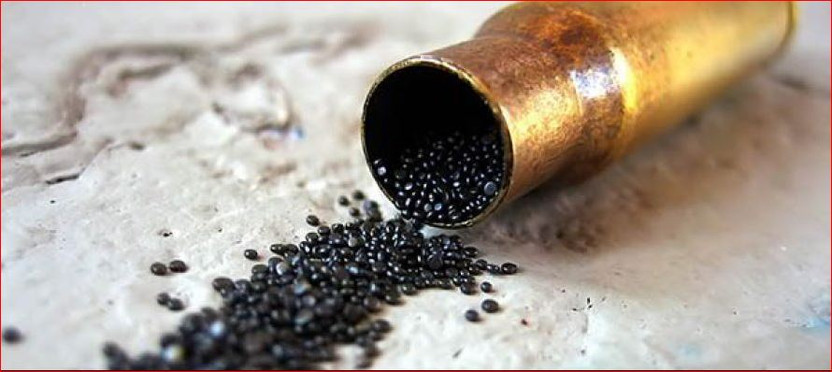To Anneal Or Not
Posted by Farren on 19th Sep 2025
If you’ve been researching much information on reloading, chances are you’ve come across the term “annealing”. The term “anneal” is the scientific term used to describe the softening of metal. Over time, and after repeated usage, the neck on a rifle cartridge will get hard and brittle, making it more apt to fail, either during the loading process or during shooting. To combat this, the annealing method works to reform this portion of the case and bring it back to the same hardness it had when it was originally manufactured.
Manufacturing
Though annealing can be done during the reload process, it actually occurs multiple times during the manufacturing of the case, with the last time being when the neck and shoulder are formed. However, we seldom see any evidence of the process in commercial ammo because the manufacturer goes through great lengths to buff and polish each round.
How is brass hardened?
We all know that metal needs to be hardened to increase its ability to withstand pressure. Most are familiar with the process of hardening metal through the rapid transition of temperature; by heating the metal up and then quickly cooling it in water or oil. This process works for steel and other metals but not brass. Instead, brass has to be word-hardened.
Work-hardened is simply the process of forcibly flattening, stretching, or any other forms of deforming the metal. Because brass is hardened as you forcibly alter its state, after repeated firings, the cases’ neck and shoulder become extremely hard.
Levels of hardness
Many believe that a case has the same dexterity across its entire surface. However, there are at least three different levels of hardness on one round of rifle ammunition. The rim and primer pocket of the case has to be the hardest to ensure there is no deformity that occurs after firing. Because they are so hard, this part of the case does not expand.
The main body of the cartridge is hard enough to withstand the blast of the shot but soft enough to allow it to expand and then retract to be extracted from the chamber. The neck, where the bullet is seated, is the softest and most prone to cracking and failure. This is due to the shaping process of manufacturing.
How to anneal
In the early days of reloading, to properly perform the annealing process required much skill and experience, as well as a little ingenuity, considering many of the processes used had no way of producing uniform brass. Nowadays, it’s as simple as buying an automatic annealing machine that, once properly set up, can spit out hundreds of casings in no time.
Each caliber has a specific amount of time it must stay “under the flame” for the annealing process to work, but this will be outlined in the manual for your specific machine. Other than that detail, these machines run with little user input.
Downfall of annealing
Annealing isn’t a required step in the reloading process, and is only used on rifle cartridges, as pistol rounds do not have necks. In fact, many reloaders, once the rifle cartridge reaches the point of needing annealing, will simply toss them out and use new brass.
If you are using the annealing process, be prepared to have what is known as fliers in your batch. Fliers are rounds, usually about 1 out of every five annealed rounds, that hit a significant distance away from other rounds in a group. This is due to the inability to anneal each and every round the same.

